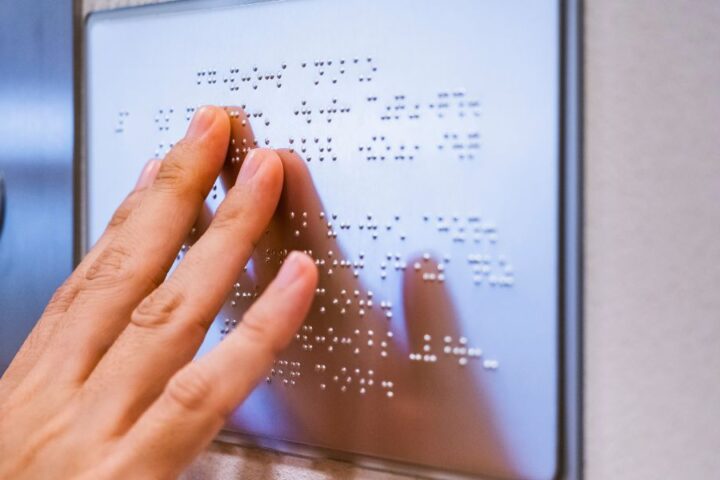Key Takeaways
- Native Hawaiians are a distinct ethnic group with their own unique culture and history.
- While Hawaii is a diverse place with various ethnicities, Native Hawaiians have specific ancestry and traditions.
- The conflation of Native Hawaiians with Asians stems from historical and cultural factors, but it is important to recognize and respect the differences.
- Native Hawaiians face challenges such as homelessness and the loss of ancestral lands, requiring awareness and support from visitors.
- Embracing cultural authenticity and learning about the true diversity of Hawaii can contribute to a more meaningful and respectful travel experience.
Introduction
Hawaii is a popular destination known for its breathtaking landscapes, rich culture, and warm hospitality. However, when discussing Hawaii and its people, it is essential to address the misconceptions and stereotypes that often surround the identity of Native Hawaiians. In this article, we will delve into the question of whether Hawaiians are Asian, exploring the historical context, cultural complexities, and challenges faced by Native Hawaiians.
The Distinction: Native Hawaiians vs. Residents
The first myth we need to address is the conflation of being a resident of Hawaii with being a Native Hawaiian. While anyone can reside in Hawaii, Native Hawaiians refer to a specific group of people with shared traditions and ancestry. Native Hawaiians, or kanaka maoli, are descendants of the original Polynesians who settled in Hawaii centuries ago. It is important to recognize and respect this distinction between being a resident of Hawaii and being a Native Hawaiian.
Historical Influences: Asians in Hawaii
To understand why the perception of Native Hawaiians as Asians exists, we must delve into the historical context of Hawaii’s multicultural population. In the late 18th and early 19th centuries, the United States engaged in heavy trading with China and other parts of Asia. Hawaii and neighboring islands became stopovers for this trading, attracting Chinese, Japanese, Filipino, and Korean settlers who eventually made Hawaii their home.
By the 1930s, Hawaii’s population consisted of approximately 40% Japanese, 20% Chinese, and only about 25% Native Hawaiian or part Native Hawaiian individuals. This demographic shift, combined with media portrayals, contributed to the perception of Hawaii as predominantly Asian.
The Danger of Misclassification
While it may seem harmless to assume that Native Hawaiians are Asian, it can be harmful and erasive to their distinct cultural identity. When Native Hawaiians are categorized as Asians, their unique needs and experiences are overlooked. This misclassification also perpetuates the model minority stereotype associated with Asians, which further marginalizes Native Hawaiians.
It is crucial to understand that Native Hawaiian culture should not be reduced to a mere extension of Asian culture. Native Hawaiians have their own rich traditions, history, and struggles that deserve recognition and respect.
The Challenges Faced by Native Hawaiians
Contrary to popular stereotypes, Native Hawaiians face significant challenges, including homelessness and the loss of ancestral lands. Roughly one-third of Hawaii’s homeless population consists of Native Hawaiians, a disproportionate number considering they make up only 10% of the state’s population.
The struggle for Native Hawaiians to maintain their land rights and cultural heritage dates back to the 1800s when European settlers first occupied Hawaii. Native Hawaiians faced devastating losses due to diseases and the subsequent colonization and occupation of their lands. The Hawaiian Kingdom was overthrown in 1893, and Native Hawaiians gradually lost control over their lands to various stakeholders, including businessmen, missionaries, and the US military.
The Hawaiian Homes Commission Act of 1921 aimed to rehabilitate Native Hawaiians by allocating 3% of the total land for their use. However, access to these lands is determined by strict criteria, including proving Native Hawaiian ancestry through a blood quantum requirement. This requirement often excludes individuals who have mixed ancestry or have a blood quantum lower than the established threshold.
The long waiting list for Hawaiian homesteads, with approximately 21,000 Native Hawaiians awaiting housing, exemplifies the challenges faced by the community. Homeownership becomes a distant dream for many, perpetuating housing instability and exacerbating social and economic disparities.
Aloha and the Commodification of Hawaiian Culture
The concept of “aloha” is deeply ingrained in Native Hawaiian culture, symbolizing love, respect, and compassion. However, it is important to recognize that the popularized version of “aloha” in the tourism industry has become a commodified and simplified representation of Native Hawaiian culture.
The commercialization of aloha as a marketing tool has transformed it into a caricature, detached from its original meaning and purpose. Tourists are often exposed to a superficial version of Hawaiian culture, with images of grass skirts, ukuleles, and constant friendliness. This perpetuates the notion of Hawaii as an exotic and fantasy-like destination, overshadowing the lived experiences and struggles of Native Hawaiians.
Responsible Tourism and Cultural Appreciation
Visitors to Hawaii can play a role in supporting Native Hawaiians and promoting cultural authenticity. While enjoying the beauty and hospitality of Hawaii, it is important to be mindful of the impacts of tourism on the local community.
Venturing beyond tourist hotspots and exploring other parts of Hawaii can provide a more comprehensive understanding of the islands’ diversity. Engaging with local communities, learning about their history, and supporting local businesses can contribute to a more respectful and meaningful travel experience.
Taking the time to educate oneself about the complexities of Native Hawaiian identity and the historical injustices they have faced is crucial. By increasing awareness and challenging stereotypes, visitors can help combat erasure and advocate for the rights and needs of Native Hawaiians.
Conclusion
The question of whether Hawaiians are Asian requires a nuanced understanding of history, culture, and identity. Native Hawaiians are a distinct ethnic group with their own unique traditions and experiences. While Hawaii is a diverse place with various ethnicities, it is essential to recognize and respect the specific ancestry and cultural heritage of Native Hawaiians.
By dispelling misconceptions, challenging stereotypes, and promoting cultural appreciation, we can foster a more inclusive and respectful understanding of Native Hawaiian identity. Responsible tourism and support for Native Hawaiian initiatives can contribute to the preservation and empowerment of the community. Let us embrace the true diversity of Hawaii and strive for a more inclusive and equitable future.









